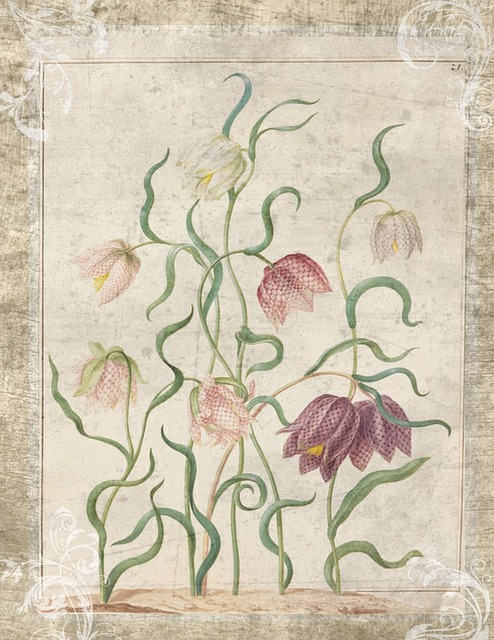Plant Pathology history is important to understand to appreciated what we know about plant diseases. We have come a long way from not knowing about oxygen, or that fungi spread from spores to mapping lifecycle of pathogens and using electron microscopes to look at viruses. He are some quick summaries of important people and events in the history of plant pathology.
Theophrastus 371-287 BCE
He studied at Plato‘s school in Athens. Wrote two books called on the causes of plants and inquiry into plants also known as Historia Plantarum. These books were one of the most important books on plants until the middle ages. He studied what affected plants, the best time to harvest, how to prepare the soil, tools they use, and diseases that affect plants.
Robert Hooke 1635-1703
Once described as London’s lives Nardo da Vinci this man discovered the loss of elasticity, Going to the biological word cell, and investigated craters on the moon. His study of plant cells using microscopes let him to all straight a plant pathogen. He owes traded rose rust a fungal plant disease and 1665.
Heinrich Anton de Bary 1831-1888
He is considering a founding father of plant pathology and the founder of modern mycology. He coined the word symbiosis. At that time people believed that life was created by spontaneous generation. This is the idea that objects mix together can create life. It was thought that fungi were produced from components of the plant cell. In 1853 he concludes that they were not a result of plant diseases but are the causes of plant diseases.
Irish Potato Famine 1845-1852
Was a period of mass starvation in Ireland. About 1/4 of the population either died or left the island. What causes the disease? A oomycetes, a funguslike organism that took advantage of the three wet years in Ireland and caused an epidemic that ravaged the potato crop and causes a starvation.
Julius Kuhn (J. G. Kuhn) 1825-1910
He was a German agronomist and one of the founders of plant pathology. His focus was on fungal plant diseases including ones affecting beats and canola. More than 70 papers on microbiology and plant pathology were published during his career.
Louis Pasteur 1860-1864
He demonstrates that fermentation does not cause spontaneous generation. This disproves the spontaneous generation hypothesis and gives way to germ theory.
1868-1882 Coffee leaf rust Epidemic
Hemileia vastatrix. A fungus that eventually wiped out the coffee industry in Sri Lanka. It has since spread to almost every country in the world affecting coffee production.
1876 Fusarium oxysporum
The fungus responsible for Panama disease is discovered in bananas in Australia. This fungus is resistant to fungicide and cannot be controlled chemically. It threatens global banana production and one of the world’s most popular cultivars of bananas, Cavendish.
1878-1885 Downy mildew
This oomycetes disease caused a grape epidemic in France. The disease has a wide variety of hosts including the Curcurbits family of plants.
Robert Koch 1843-1910
1879 Germ Theory established and spontaneous generation disproved.
While working with anthrax and isolating the bacterium Koch was able to show that a specific microorganism caused a specific disease this further supported germ theory. Koch postulate establishes a method to test if a plant is under the effect of a disease or environmental condition.
1885 Pierre-Marie-Alexis Millardet
Introduces Bordeaux mixture to control downy mildew on grapes. The mixture includes copper sulfate. The copper ions prevent the fungus from germinating and thus prevent an outbreak.
1885 Fire Blight
First evidence that a bacteria causes fire blight on apples.
1886 Adolf Mayer
He finds that Tobacco Mosaic Virus a disease transferred between plants similar to bacteria.
1892 Dmitri Ivanosky
Continues working on TMV with filters and he discovers that tobacco mosaic virus is a non-bacterial agent. He proves that TMV is not a bacteria because it can not be filtered like bacteria.
1898 Martinus Beijerinck
He is considered on of the founders of modern virology and environmental microbiology. He proved that TMV was a particulate and used the term virus to describe the disease.
Modern Dates of Plant Pathology History
1902: First chair plant pathology created in Copenhagen Denmark.
1904: Genetic traits of cereal rust resistant demonstrated. These traits were shown to be able to be inherited by offspring of resistant plants.
1907: First academic department established in Cornell University for plant pathology.
1967: Recognition of a new plant pathogen mycoplasma-like organism can plants later known as phytoplasma.
This list is a summery of the history of plant pathology. Hopefully this plant pathology history is useful for thinking about how ideas have been developed. Did I miss something? An important date? Let me know in the comment section below.

Useful article: